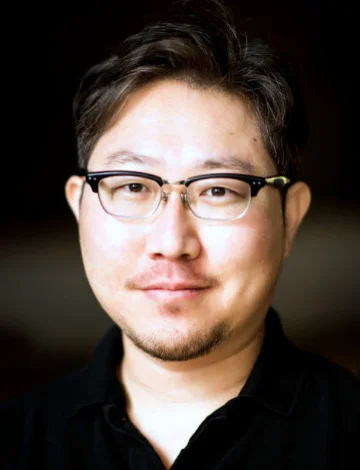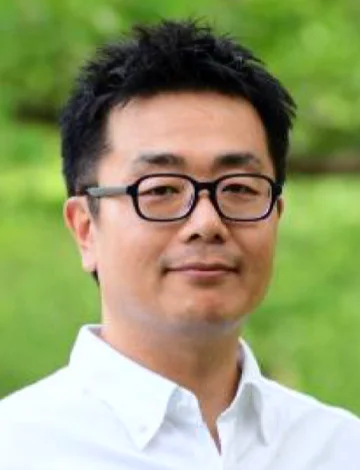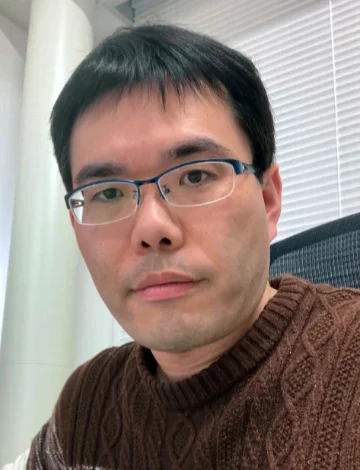News
- 2024.07.08Information
- The English website has been launched.

Elucidating the mechanisms of
“Biological Clusters”
that support cellular functions
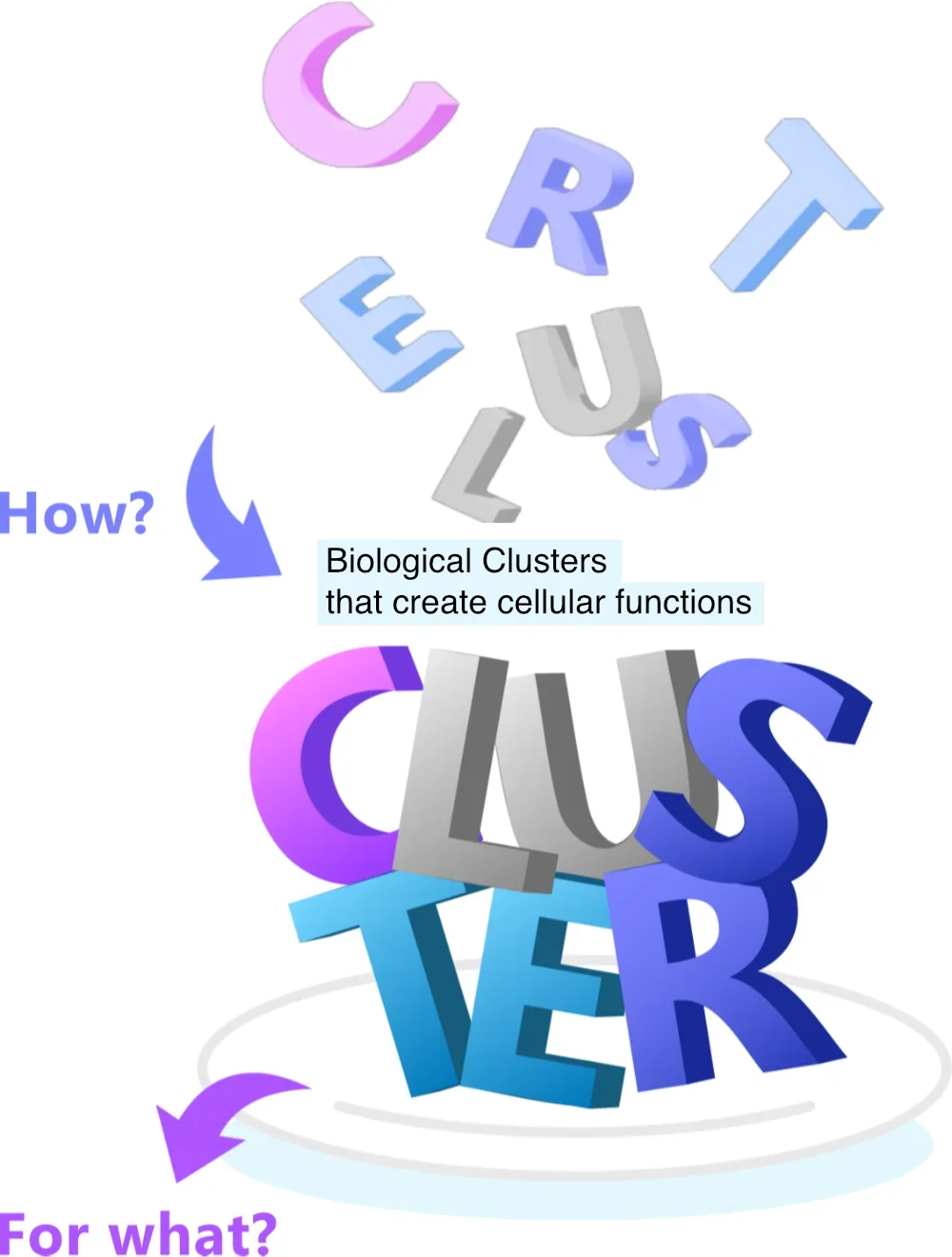
In the cells of living organisms, various proteins perform diverse functions to maintain life activities.
In cells, protein complexes are clustered to a higher order structure called “supramolecular complexes”, which governs various cellular functions.
In this Research Area, we define “Biological Clusters” as functional “supramolecular complexes” and aim to clarify their formation mechanisms and functional properties, and understand how they generate cellular functions.
For example, some supramolecular complexes secure a certain volume, acquire physical strength, and form functional systems by forming clusters within cells, functioning as “Biological Clusters”.
Furthermore, in addition to intermolecular interactions, various factors such as the spatial effects of the crowded molecular environment and platform effects may be involved in cluster formation within cells.
Considering these factors, research on “Biological Clusters”, which aims to fill the gap between the structural information of protein complexes and cellular functions of the supramolecular complexes in cells, can be a challenge that will bring about a transformation in biology.
To analyze the formation mechanisms and significance of Biological Clusters, it is necessary to combine cell biology, biochemistry, and structural biology with advanced electron microscopy, fluorescence correlation spectroscopy, super-resolution imaging methods, and so-called soft matter physics and mathematical simulations that treat their dynamics from a physical perspective. By bringing physical theories into the understanding of phenomena observed in cells and physical quantities measured, and by complementing biology and physics with each other, we will promote the integrated research.
In this research area, we particularly focus on supramolecular complexes that exist within cells, such as centrosomes, centromeres, and chromosomes, and aim to elucidate their structural basis and formation mechanisms.
How do Biological Clusters create functions within cells?
Three planned research teams will take on this challenge.
What basic structures and characteristics do Biological Clusters have?
We aim to elucidate their structural basis and functions
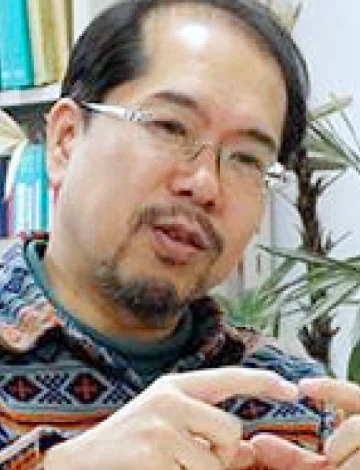

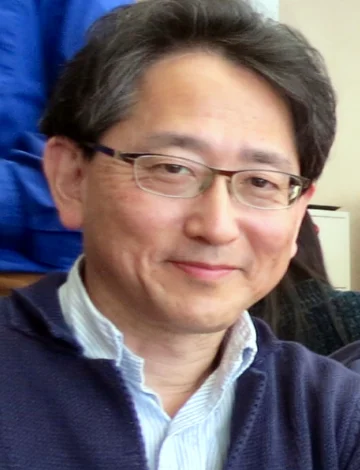
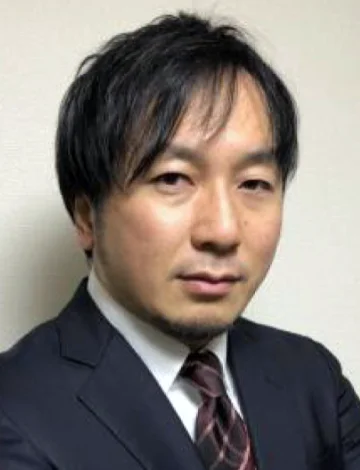
How do Biological Clusters behave within cells, and what factors control that behavior?
We aim to elucidate the cellular dynamics and regulation mechanisms of Biological Clusters
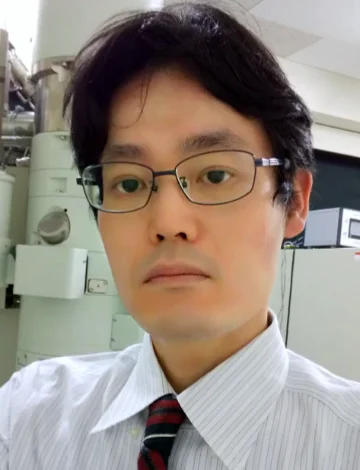

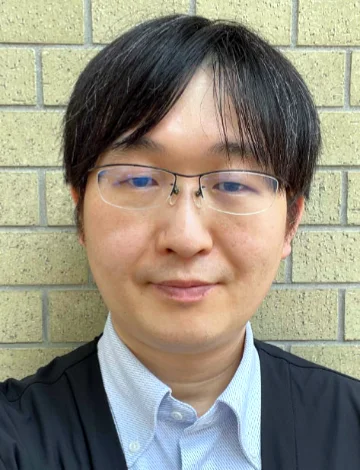
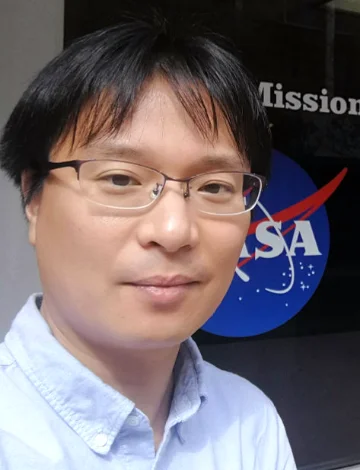
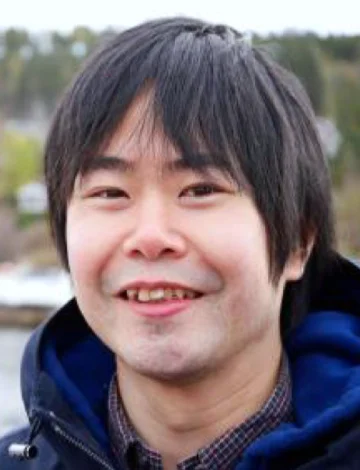
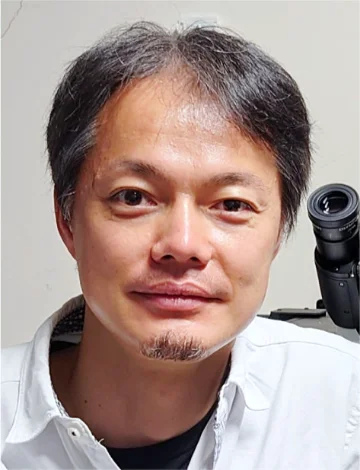
Elucidation of the formation and characteristics of Biological Clusters through physical and mathematical analyses

